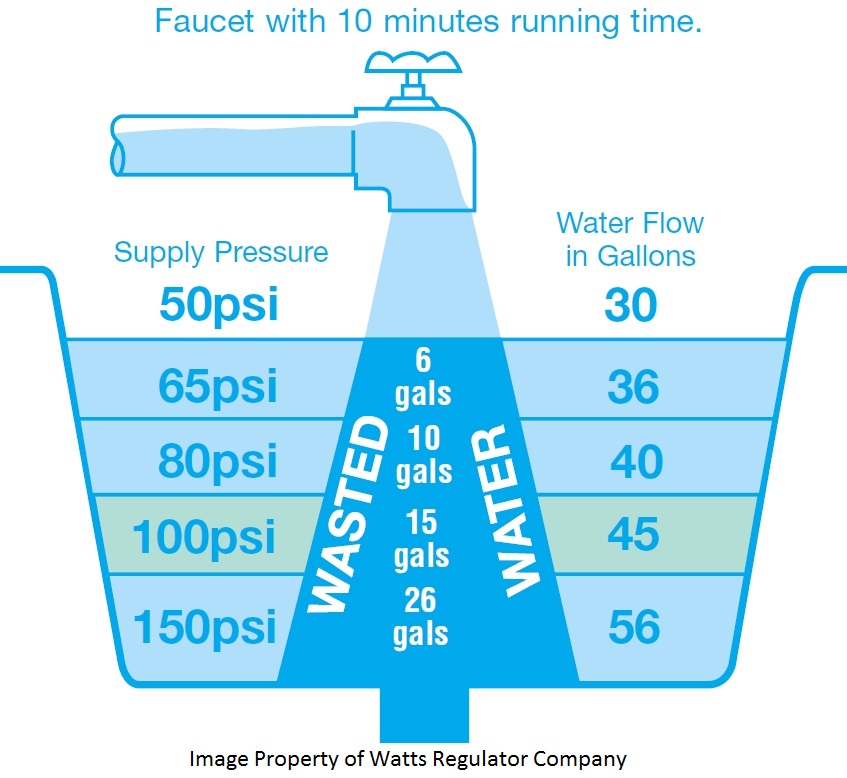Water Conservation Through Pressure Regulation
|
Jack and Jill went up the hill to fetch a pail of water. Jack and Jill could have avoided this exercise (and the bump on the crown) if only they had access to pressurized water. In San Diego County, most of us are blessed with strong water pressure and "endless" water for our daily needs. We get water just by turning a handle. But strong water pressure can have a down-side as well. Too much pressure is wasteful and can be tremendously hard on plumbing and equipment. So the benefit of pressurized water, if not managed, can negatively affect our pocketbook and our drought-impacted water supplies. Although most of our daily needs can be comfortably supplied by 50 to 60 psi of incoming pressure, most areas in San Diego County receive between 80 and 120 psi from their water suppliers. Consider this: a supply pressure of 100 psi delivers 33% more water volume than a supply pressure of 50 psi. Modern fixtures conforming to the plumbing code are designed to deliver optimum gallons per minute at lower pressures. Studies have shown that high pressure delivered through modern fixtures yields less effective and more wasteful water flow. |
|
|
This is great news! It means we can painlessly save water during showers, shaving, lawn watering, car washing and other similar activities by simply reducing the water pressure. So for many of us, a quick and effective way to save water and money is by use of a pressure regulator. Installation and periodic maintenance of a correctly adjusted pressure reducing valve is a convenient way to reach conservation goals Perform an investigation on your home, business and irrigation water services: is a pressure regulator installed? If so, is it functioning properly? Is it adjusted to deliver enough water pressure without allowing wasteful volume? Does your system lack a pressure regulator? Seek a licensed plumbing contractor to install one. Proper installation and adjustment of a pressure regulator could help strike the proper balance between effectiveness and conservation. Of course, a benefit of conservation is that you use less water in the higher, more expensive billing tiers. You also use less hot water, so you spend less on heating water. In addition, sewer charges are reduced since they are directly related to quantity of water used. High water pressure can also lead to broken pipes and water damage caused by leaks. And high pressure has been linked to malfunctioning appliances as well. We could go on, but it is clear that the money savings can really add up by simply bringing the water pressure down. |
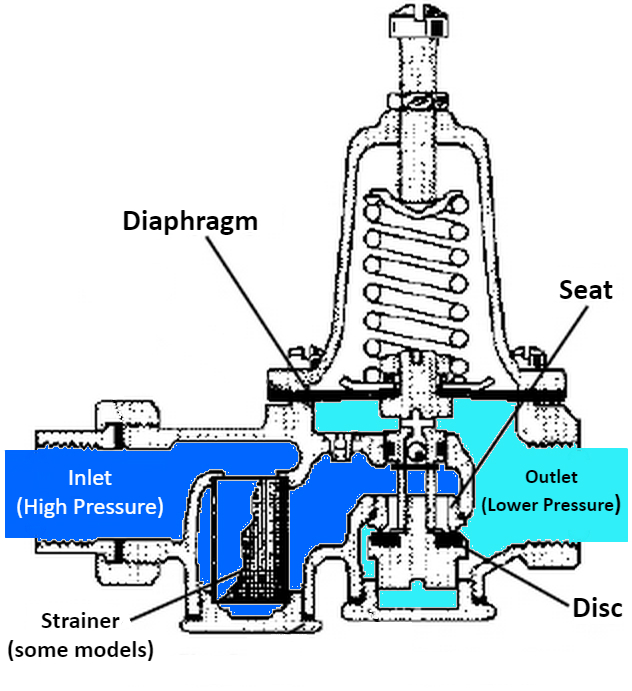 |
Adjusting The Pressure |
|
OneLocate your pressure regulator valve. |
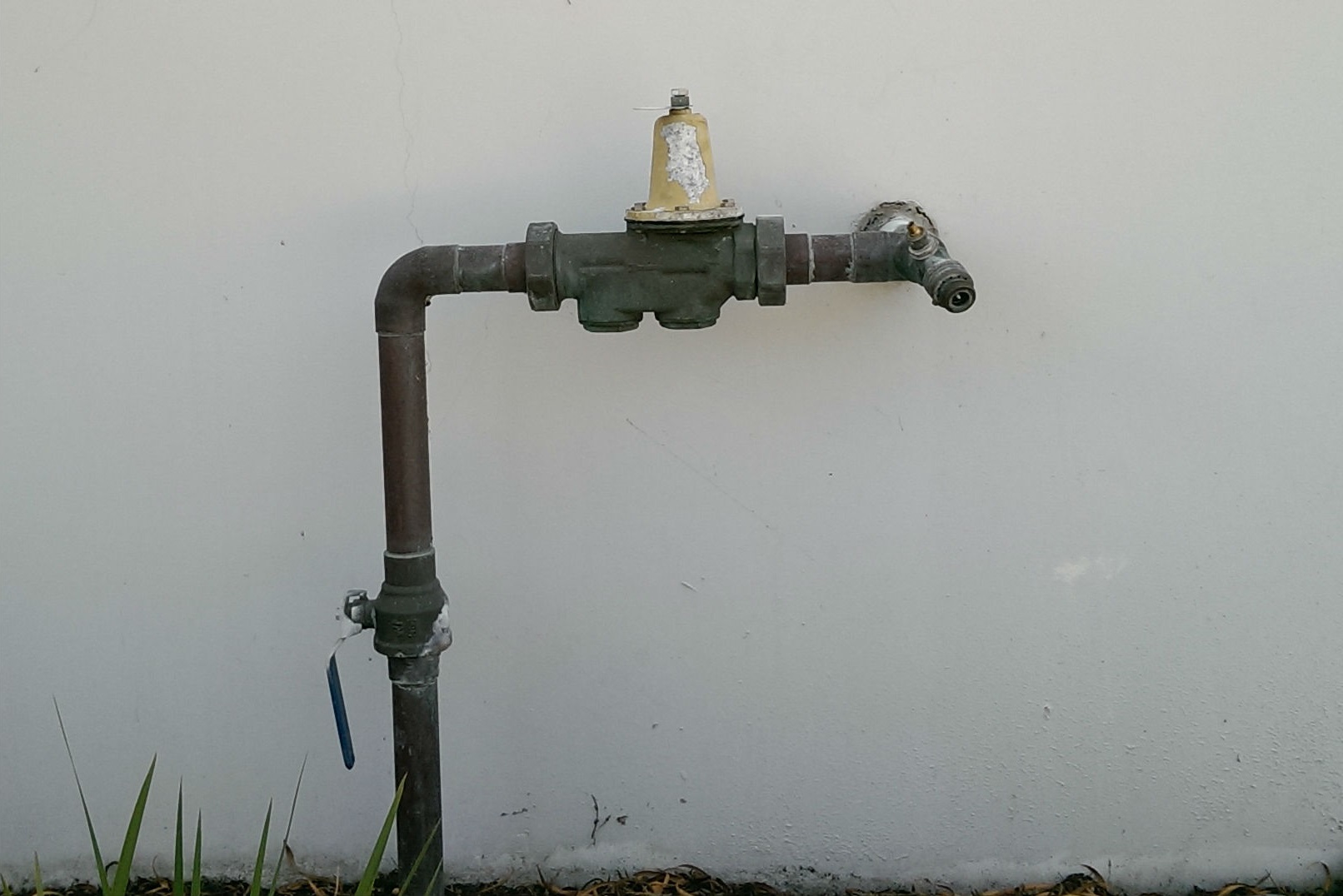 |
TwoLoosen the lock nut |
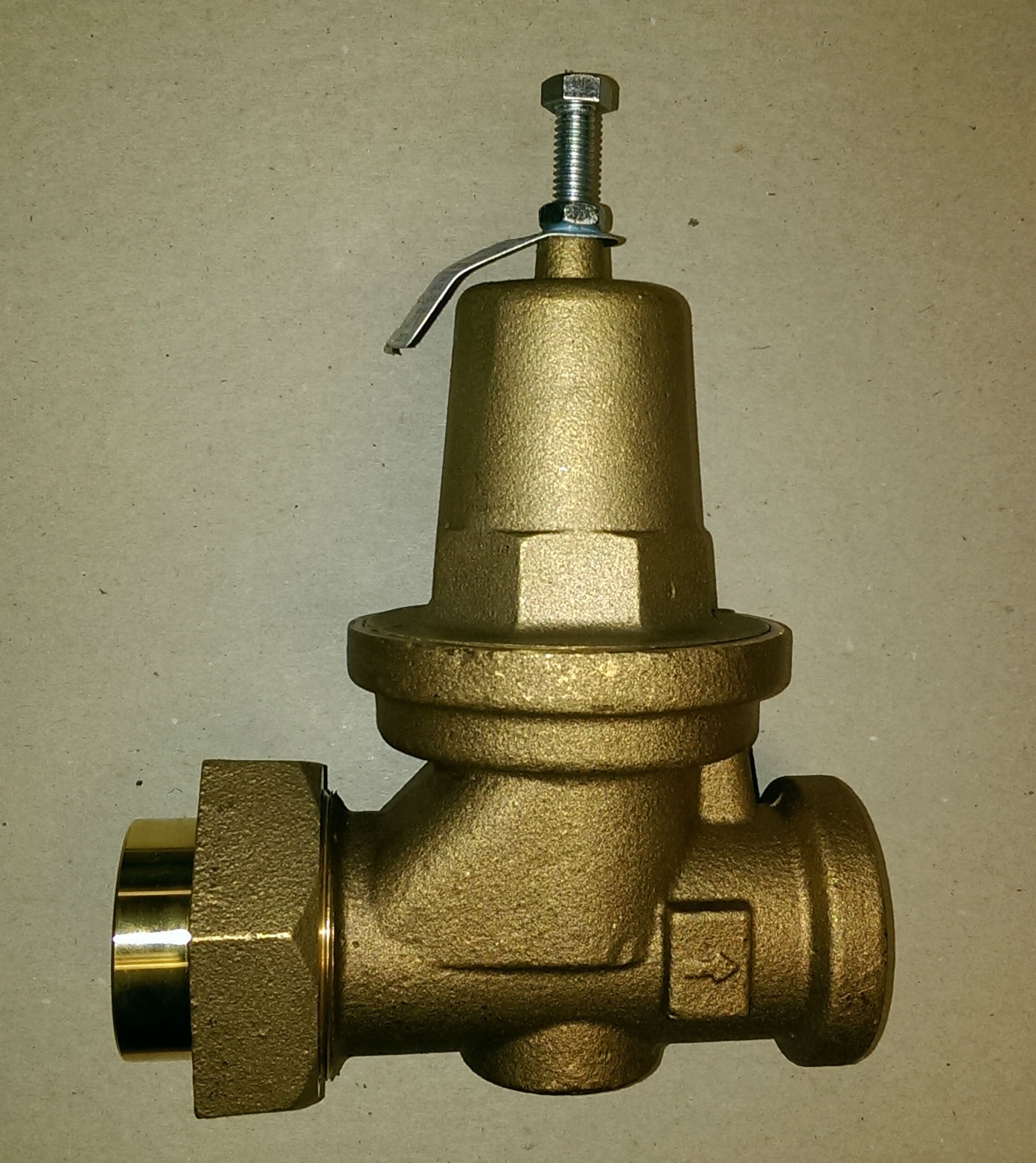 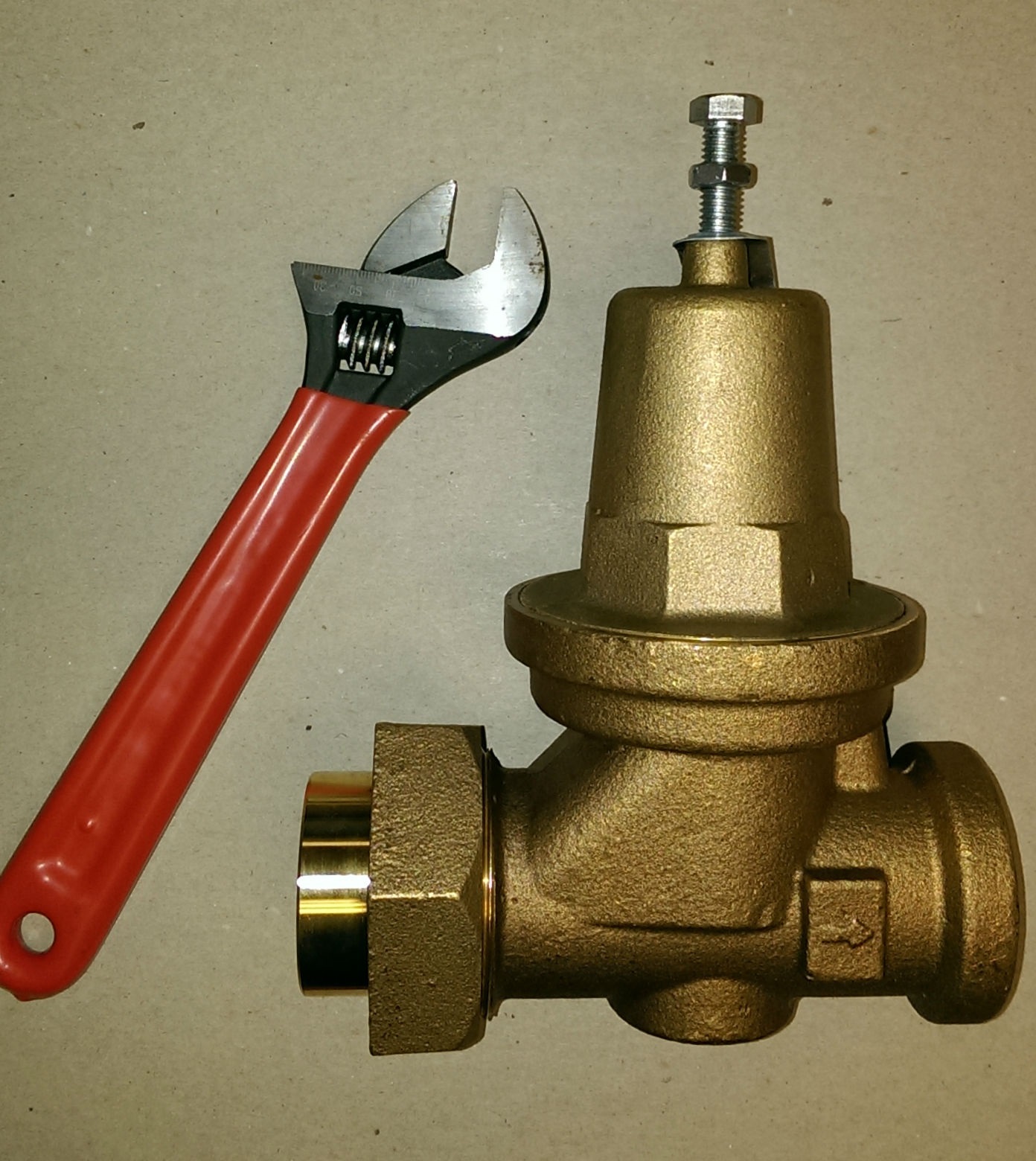 |
ThreeAdjust the control screw: usually clockwise to increase pressure; counter-clockwise to decrease pressure. Make adjustments incrementally. Attaching a pressure gage to a fixture downstream of the pressure regulator valve will help reveal your adjustments and establish your desired final pressure. |
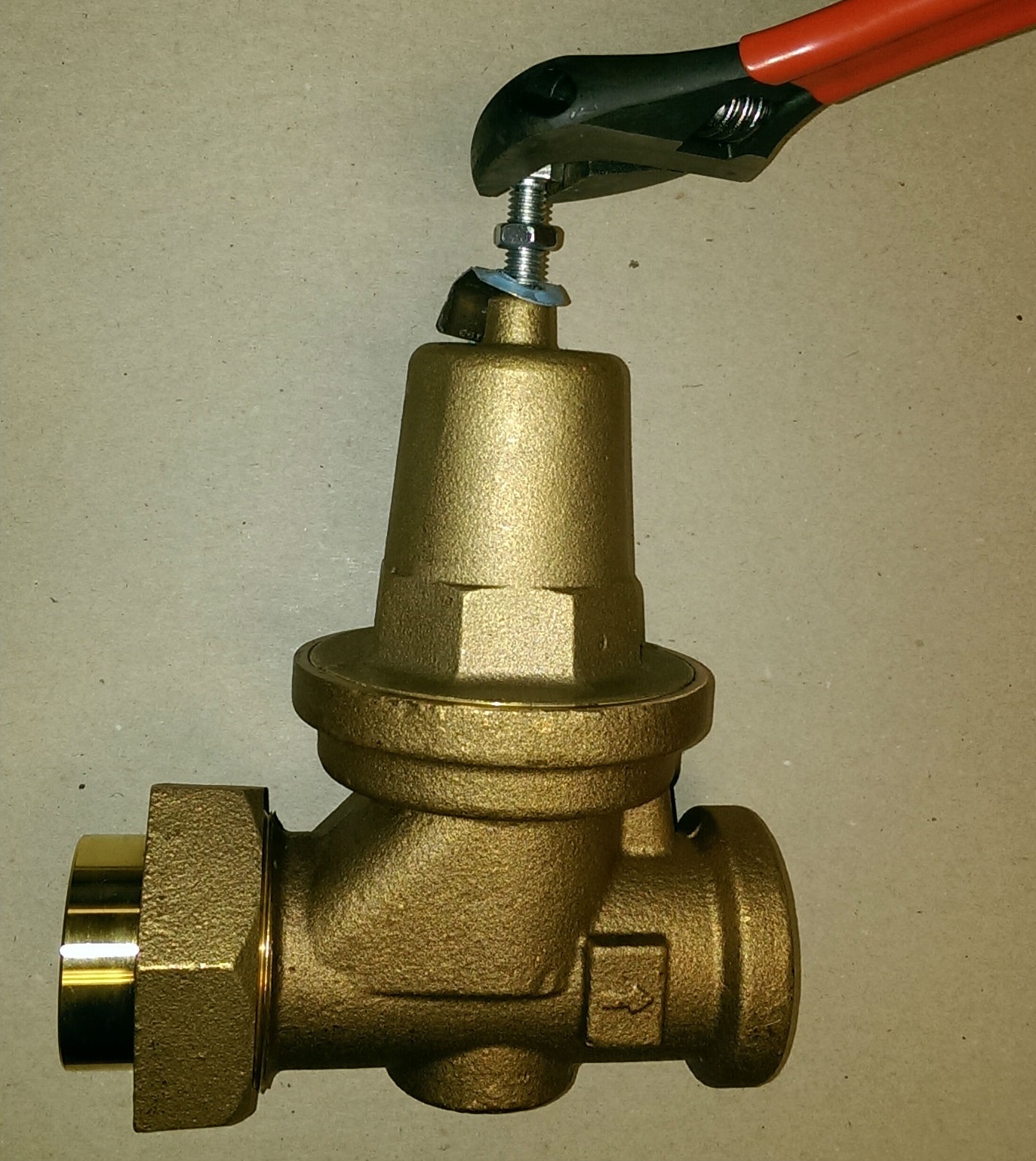 |
FourTighten the lock nut |
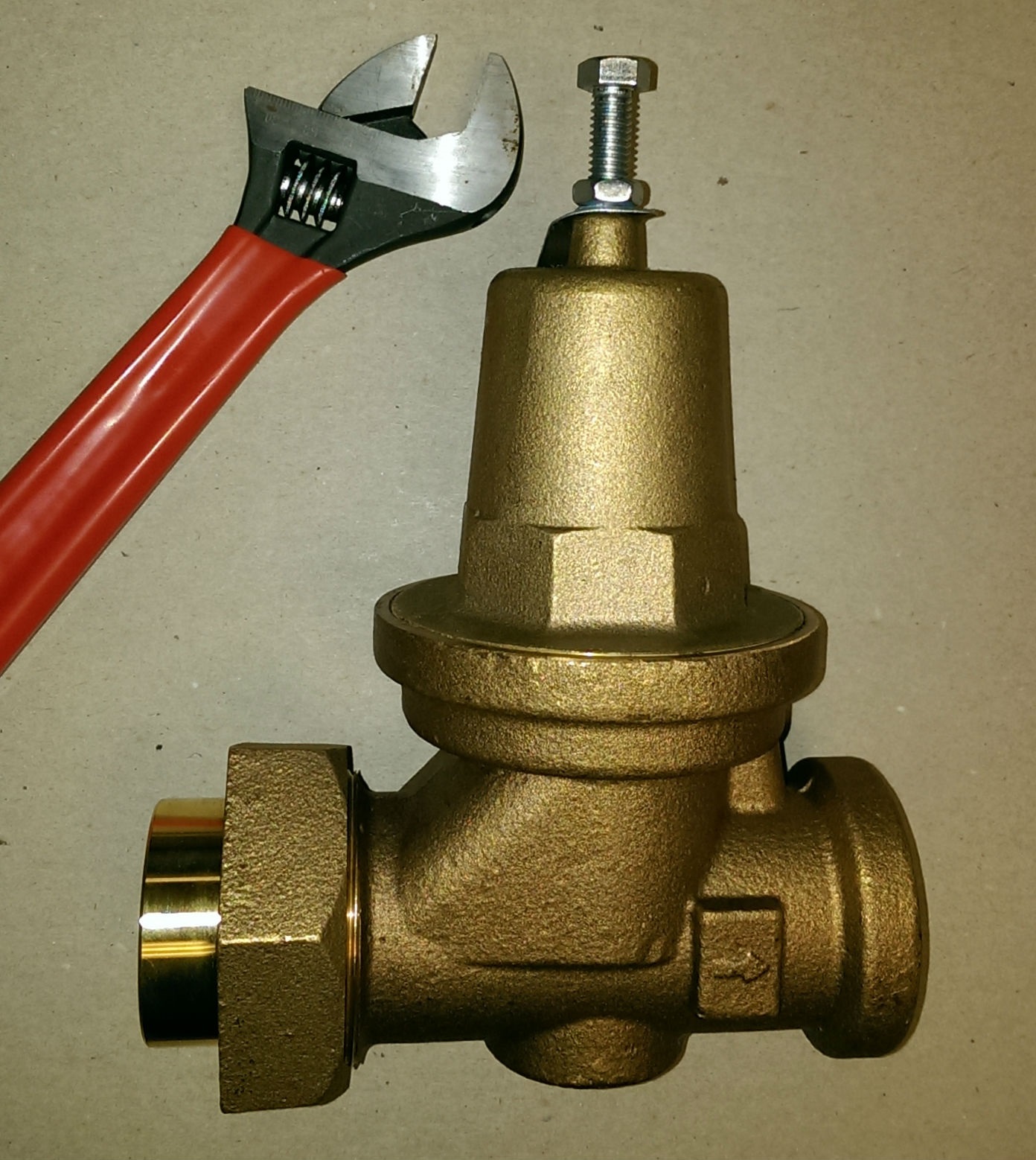 |
If these steps fail to deliver the desired results, the pressure regulator valve should be re-built or replaced by a licensed plumbing contractor. |
|




